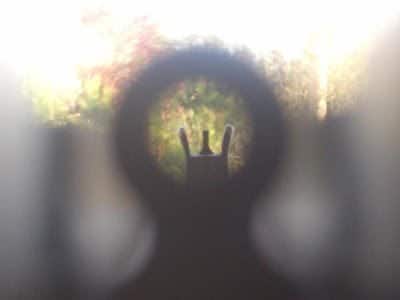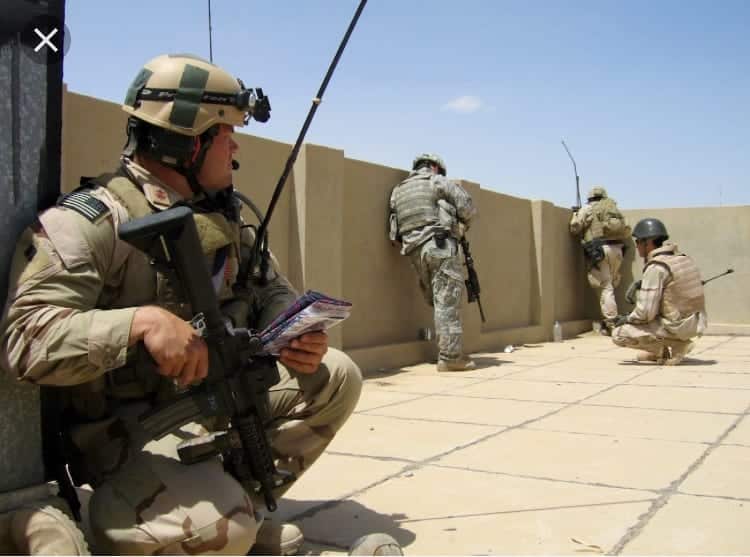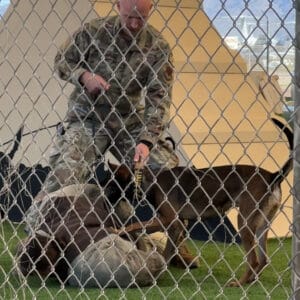Leadership and Keeping a 30,000 ft. view

The battle field and the business world can both be very dynamic and brutal environments. It is very easy as leaders to get sucked into a problem or fight that needs immediate attention and lose over all perspective of the big picture. Sometimes these issues and problems are so important that they deserve the majority of our attention as leaders. That being said, most of the time, the health and direction of our team or companies demand that we elevate and delegate and keep our 30,000 ft. view of the entire battle space.
As a young enlisted SEAL, I remember watching our officers at times being counseled and criticized during training evolutions if they had shot more than one magazine of ammunition during a contact or evolution. This might be confusing for many. Why wouldn’t the instructor cadre want our leadership stepping up and leading from the front and dumping as much lead down range as possible, along with the rest of us ensuring fire superiority during a contact? The answer, PERSPECTIVE! There is a condition known in the shooting world asfront sight focus. Basically any time you focus on the sights of your weapon so you can accurately engage your targets, your peripherals and over all situational awareness suffer and deteriorate. As a leader in the field of battle there are many things that need over sight and attention, like out maneuvering the enemy to maximizing combat effectiveness and control of assets like, air and mobility units along with maintaining communications with headquarters to name a few. We call this keeping the 30,000 ft view as if you were calmly watching all the moving pieces of this battle high above the clouds to ensure your ability to make the best calls with all of the information at hand. Maintaining a 30,000 ft. view allows us to avoid getting front site focus or getting sucked into one aspect of the overall battle or situation in its entirety. Being able to elevate above the isolated issue or issues and formulate a plan of attack and then delegate our intentions and marching orders to our team gives us the opportunity to make calls that put us all in the best possible position to survive and crush the opposition.
Those of us that have served and experienced combat understand how dynamic the battle field can be and are able to easily draw direct correlations in the corporate world. Things are constantly moving, and the competition is always trying to outflank and out maneuver us. We have to manage marketing, accounting, customer service, production, IT and so many more operations and systems. Sometimes I feel as a leader, I go from putting out one fire to the next all day long. I try really hard when I am focused on the health of my entire business to not get so tied into one project or aspect that I lose my 30,000 ft. view. This requires us as leaders to trust those on our team and to learn their strengths and weaknesses so we set them up for success as much as possible. It’s very easy to lose focus on the direction and execute the overall plan and move our businesses and teams forward, when we are trying to personally jump in and fix every problem. If you are a leader, manager or business owner ask yourself next time you are faced with a problem or series of problems that need attention, “How many mags have I shot on this issue, do I still have a 30,000 ft. view or do I have front site focus?” Asking ourselves these questions can at times shine a light on whether or not we are in an that necessary elevated position with a clear view of the entire battle space. Doing this often will allow us to avoid extended periods of front site focus and losing our ability to make wise decisions for our teams and organizations. This does not mean we can’t step up and take a shot here and there or roll up our sleeves and pitch in. It just means we have to be careful that we are in fact controlling our Battle Space.





